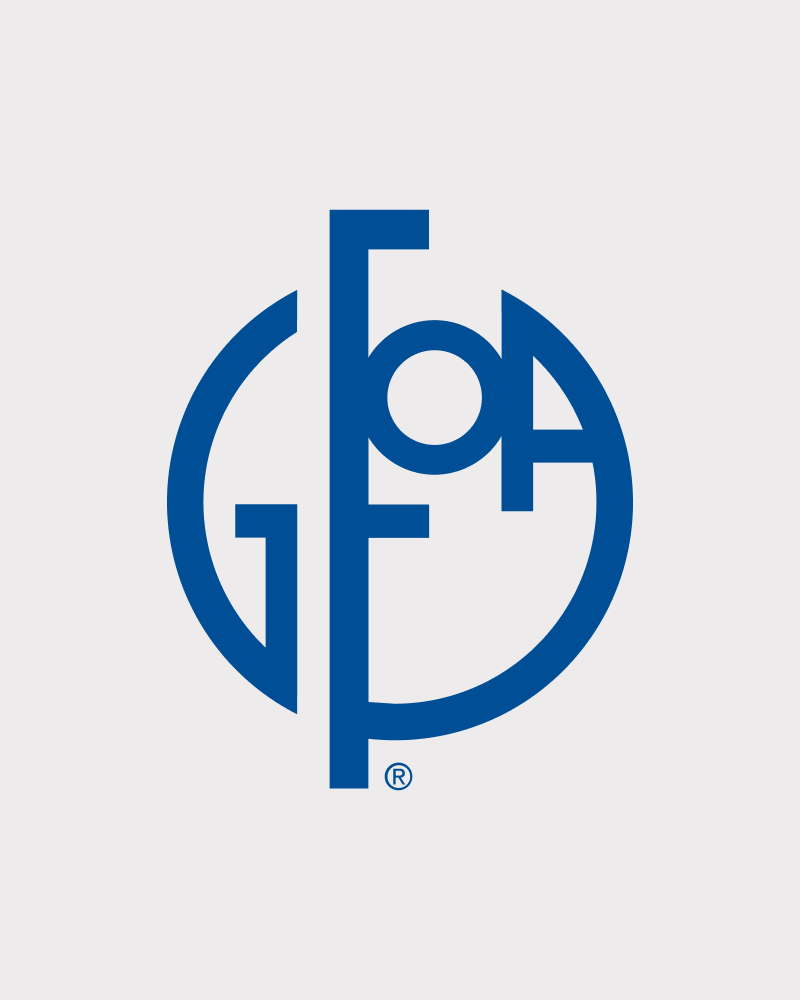Monitoring and Disclosure of Fees for Defined Contribution Plans
Compensation and Benefits
Monitoring and Disclosure of Fees for Defined Contribution Plans
Plan sponsors should make sure that DC plan costs are reasonable and appropriate, compared with plans of similar size, structure, and service levels, and that they provide plan participants with meaningful and accessible information about fees and expenses.
Board approval date: Wednesday, October 31, 2012

